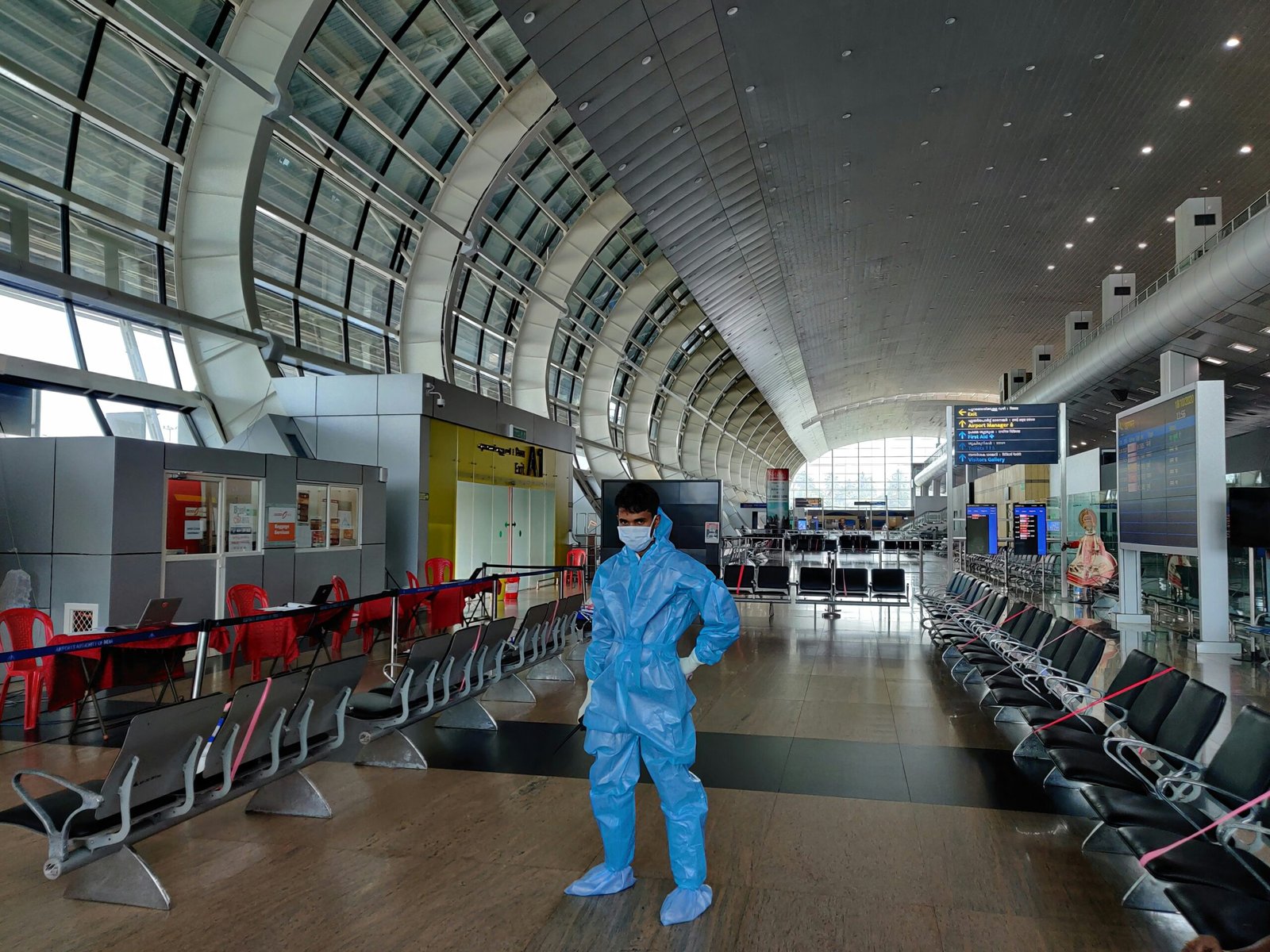Understanding Airline Restrictions
When preparing for air travel, it is crucial to understand the various restrictions imposed by airlines regarding what can be brought on board. Due to heightened security and safety regulations, certain items are strictly prohibited, both in carry-on bags and checked luggage. Awareness of these restrictions can prevent delays at security checkpoints and ensure a smoother travel experience.
One of the most common categories of items that’s restricted includes sharp objects. This encompasses items such as knives, scissors, and razor blades, which can pose a risk to passenger safety. While some larger utensils may be permitted in checked luggage, passengers should always check specific airline policies beforehand to avoid any inconvenience.
Additionally, liquids present a major challenge for travelers. According to the Transportation Security Administration (TSA) guidelines, liquids over 3.4 ounces (100 milliliters) are prohibited in carry-on bags. This rule also applies to gels and aerosols. Travelers should consider using travel-sized containers and placing them in a clear, quart-sized bag, as this facilitates a quick and efficient security screening process.
Another area of scrutiny involves electronics. While devices such as laptops and tablets are generally allowed, they must be removed from bags during screening. Newer regulations may impose restrictions on the use of larger batteries, especially on flights heading to certain international destinations. Therefore, it is advisable to stay updated on any changes regarding electronics and battery use by checking with the airline before departure.
In summary, understanding airline restrictions is a vital part of preparing for air travel. By familiarizing oneself with the prohibited items, including sharp objects, oversized liquids, and specific electronics, travelers can navigate the security process more efficiently and enjoy a more pleasant journey.
Cruise Ship Regulations and Guidelines
When preparing for a cruise, it is essential to familiarize yourself with the unique regulations and guidelines set forth by cruise lines. Compliance with these rules not only ensures a smooth embarkation process but also contributes to the safety and enjoyment of all passengers on board. Cruise ships typically have strict policies regarding what can be brought on board, with several items prohibited for safety reasons.
Among the most commonly banned items are weapons of any kind, including knives and firearms. Additionally, certain electrical appliances, such as irons and hot plates, are frequently restricted due to fire hazards. Passengers are also advised against bringing onboard large electronic devices, such as drones, which can pose safety risks in crowded environments.
In terms of consumables, most cruise lines prohibit the carrying of outside food and beverages. This regulation is in place to maintain health standards and control dining experiences onboard. Passengers should be aware that while water bottles are often allowed, alcoholic beverages typically cannot be brought aboard unless specifically permitted under certain cruise line policies.
Understanding these regulations can prevent disruption during boarding and ensure passengers enjoy their journey without unnecessary complications. It is advisable to consult the specific cruise line’s website prior to departure for detailed guidelines regarding prohibited items, as these can vary significantly between different cruise lines. By adhering to these cruise ship regulations, travelers can focus more on enjoying their vacation rather than contending with potential inconveniences caused by prohibited items.
Health and Safety Considerations
When preparing for a cruise or an airplane journey, it is critical to consider not only the items that are banned but also those that may pose health risks or safety hazards. Certain personal items, while seemingly innocuous, can create unsafe environments for both travelers and those around them. For instance, individuals should carefully evaluate their medication. Some medications may not be suitable for air travel due to potential side effects or interactions with altitude changes. Items such as syringes or other injection devices may also raise concerns at security checkpoints and potentially alarm fellow passengers.
Moreover, travelers should refrain from bringing any dangerous objects, including sharp items like knives or multi-tools. While they can serve practical purposes, such tools are prohibited on airplanes and can pose significant risks in case of an emergency. In cruise settings, personal safety is paramount, and any item that could potentially cause harm, such as fireworks or self-defense sprays, should be avoided to maintain a secure environment for everyone onboard.
In addition to these considerations, it is advisable to avoid bringing bulky items or personal equipment that may infringe on the shared space of cabins or airplane aisles. Objects like large exercise equipment can obstruct pathways and create safety hazards in case of an emergency evacuation. Furthermore, when it comes to personal hygiene items, ensure they conform to travel regulations. Items that have the potential to leak or create a mess, such as certain types of cosmetics or liquids, should be securely packaged to prevent accidents.
Ultimately, the guiding principle is to consider the safety and comfort of yourself and others when traveling. By being mindful of what to leave behind, travelers can contribute to a more pleasant and secure journey.
Practical Travel Tips
Packing for a cruise or airplane journey requires a strategic approach to ensure a smooth travel experience. One of the fundamental principles is to prioritize essentials while also considering what not to bring. Start by making a comprehensive list of necessities, focusing on clothing, toiletries, and travel documents. This preliminary list allows for organizing items according to importance, helping to prevent overpacking.
Checking specific guidelines set by your selected airline or cruise line is crucial, as each has unique regulations regarding baggage allowances and prohibited items. Airlines often impose restrictions on the size and weight of carry-on luggage, along with limits on liquids. Hence, travelers should familiarize themselves with these policies to avoid incurring additional fees or facing last-minute scrambling at the airport. Additionally, understanding what appliances or devices are allowed on board can aid in avoiding unnecessary packing of electronic items that will not be permitted.
Adopting a minimalist approach to toiletries can significantly lighten your luggage. Consider using travel-size containers for essentials such as shampoo, conditioner, and lotion to comply with liquid weight restrictions while maintaining personal hygiene. Moreover, always include crucial travel documents, such as passports, tickets, and itineraries, ensuring they are easily accessible during the trip. A dedicated pouch for these items can streamline the security process and facilitate a hassle-free boarding experience.
In summary, travelers can significantly enhance their packing efficiency by prioritizing key items, familiarizing themselves with airline and cruise regulations, and adopting a minimalist packing approach with essential items. This organized strategy not only provides peace of mind but also contributes to a more enjoyable travel journey.










